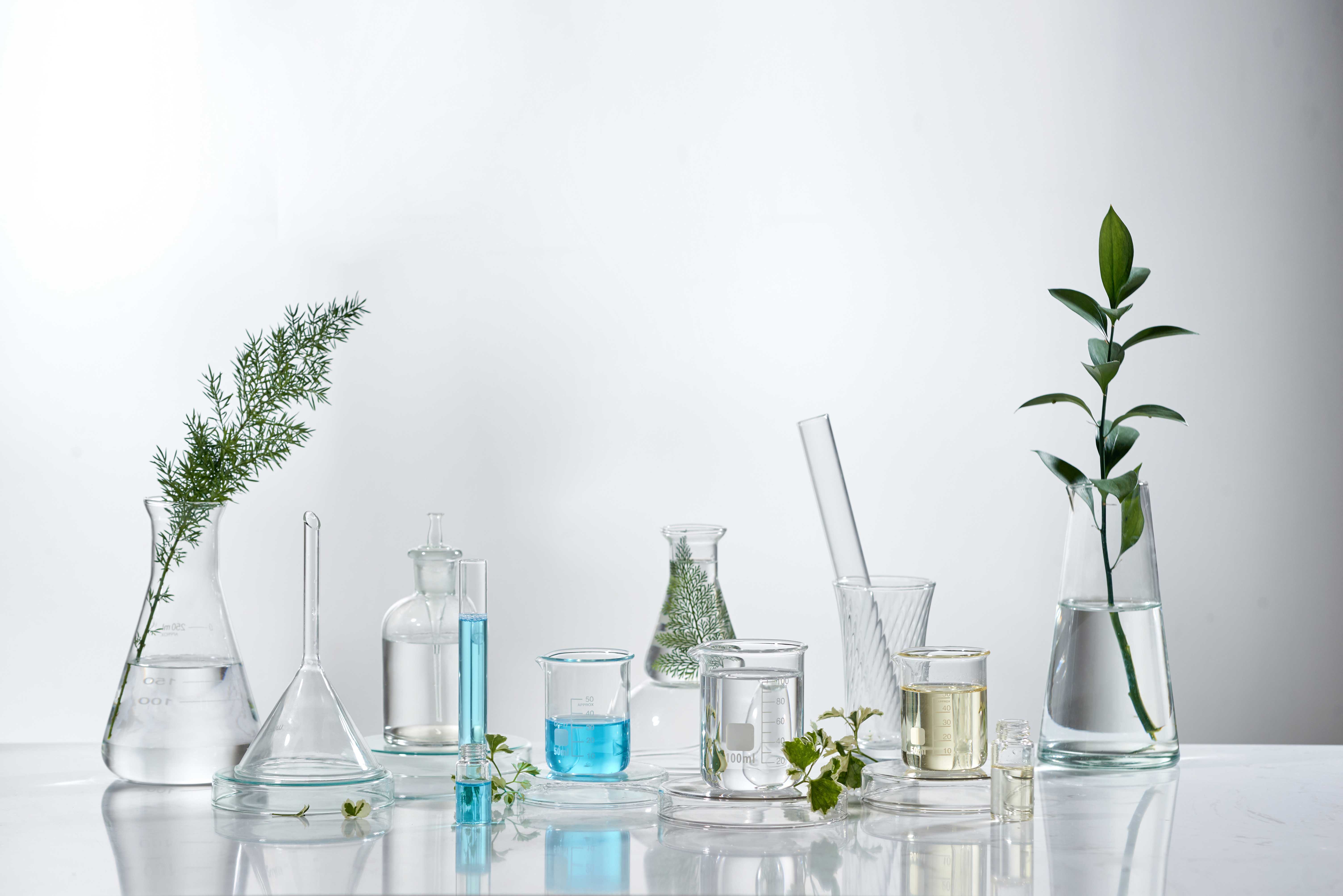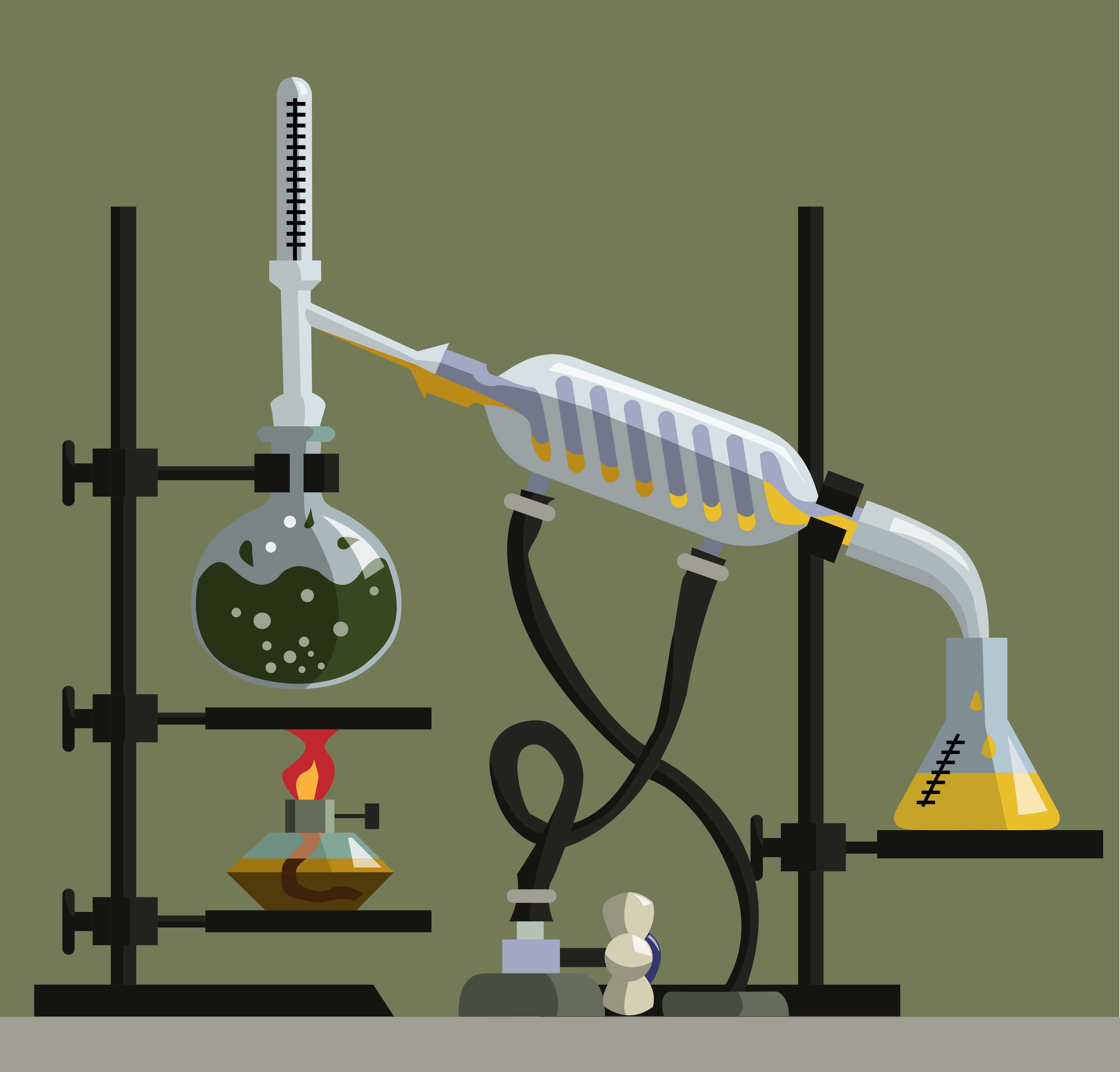
PLANTS, are chemical factories inhabiting the interface between light and dark, sun and earth, drawing energy from each and synthesizing this into molecules of carbohydrates, proteins and fats. Essential oils are extracted from certain varieties of trees, shrubs, herbs, grasses, roots, fruits, and flowers. The oil is concentrated in different parts of the plant. To exemplify, Vetiver oil is made from the roots of the grass species Vetiveria zizanoides; bay oil is extracted from the leaves of Laurus nobilis. Geranium oil comes from the plant’s leaves and stalks, cumin oil comes from the seeds, and ginger oil comes from the rhizomes, while rose oil comes from the fragrant petals of the rose flower. Myrrh, frankincense, and benzoin oils are extracted from the resin of their respective trees. Mandarin, lemon, lime, grapefruit, and bergamot oils are extracted from the peel of the fruits, and pine oil comes from the needles and twigs of pine trees, while sandalwood comes from the heartwood of the sandalwood tree. If one was to look at lavender under a microscope, you’d see the smooth round glands that contain the essential oil, surrounded by a forest of spiky nonsecretory trichomes. Many varieties of plants have similar sessile secretory glands that appear as round, distinct units with a cuticle, or outer membrane, protecting a package of secretory cells. In other species of plants, the essential oil–producing glands look like microscopic stalks. In seeds, the essential oil is stored in vittae, little pockets on the outer surface. In orange and lemon, oil cavities are found in the outer portion of the peel. In clove, a multitude ofendogenous oil glands lie just beneath the surface, while in frankincense, resin globules are released from oil ducts. In ginger, the essential oil is found in secretory cells of parenchyma tissue, while in cedarwood the secretory cells line resin ducts.

Each oil has its own medicinal and other properties. Research has confirmed centuries of experience of using the plants from which essential oils are derived. We now know that the fragrant pharmacy contains essential oils that are antiviral, antibacterial, antifungal, antiseptic, anti-inflammatory, antineuralgic, antirheumatic, antispasmodic, antivenomous, antitoxic, antidepressant, sedative, nervine, analgesic, carminative, digestive, decongestive, expectorant, deodorant, restorative, circulatory, diuretic, vulnerary, and much more.

On average, an essential oil contains 100 chemical components. The main components fall within broader groups, such as alcohols, esters, ketones, phenols, terpenes, and aldehydes. But each oil also has a number of smaller trace compounds that even today cannot be identified. It’s these mysterious compounds that distinguish essential oils from a simple collection of chemical constituents and gives them their complexity and unique properties. Think of it like this: the human body is 60% to 73% water, having a higher percentage at the obese end of the body mass spectrum
yet when we look in the mirror we don’t see a big puddle of water. Likewise, an essential oil could be 30% to 60% linalyl acetate, but that’s just the beginning of its story. Some essential oils have as many as 300 components, some as yet unidentified, and the idea that all the known phytochemicals could be put in a pot and made into that essential oil is as presumptuous as thinking a person can be reduced to a number of molecules, starting with the largest in terms of volume, water. Essential oils are not complex just in terms of their chemistry. They have a whole range of interesting properties that together make them hugely vibrant. In terms of their electromagnetic frequency or vibrational signature, some have a higher megahertz reading than others. The electrical properties of essential oils are defined in terms of positive-negative and polarity. An aroma molecule might be negative and polar, negative and nonpolar, positive and polar, or positive and nonpolar. And even individual components have their own electrical characteristics. Some essential oils have optical activity and rotate light clockwise; some, counterclockwise — being dextrorotatory and levorotatory, respectively. Their components are crystalline in structure. Put all these things together alongside the body of a human being who also has these properties, and there can be a marriage of harmony and potential!© Copyright 2022 All Rights Reserved. Terms of Use and Privacy Policy Design by Webtechfeeders